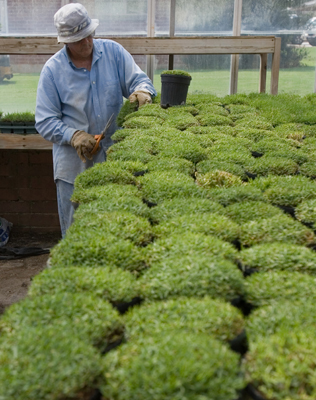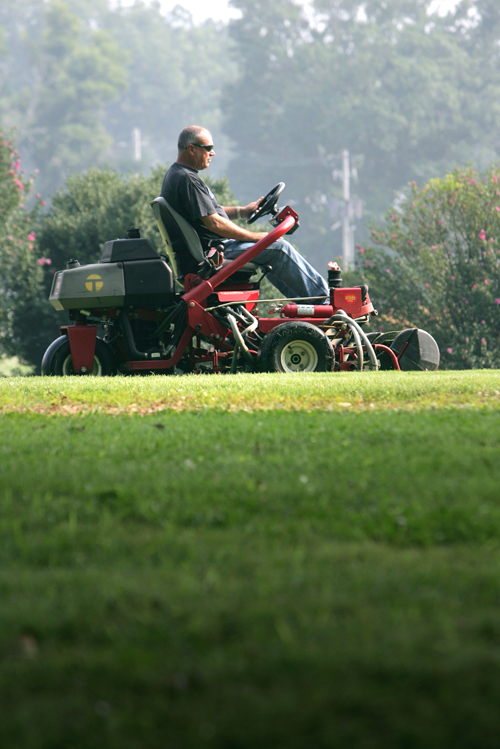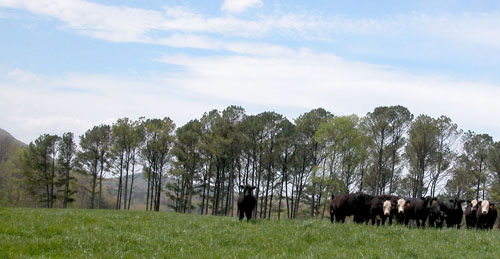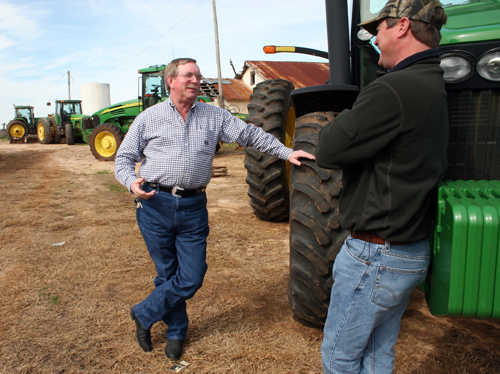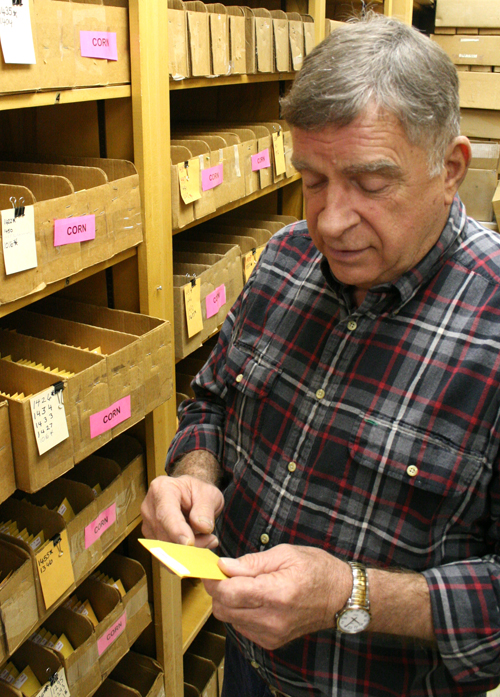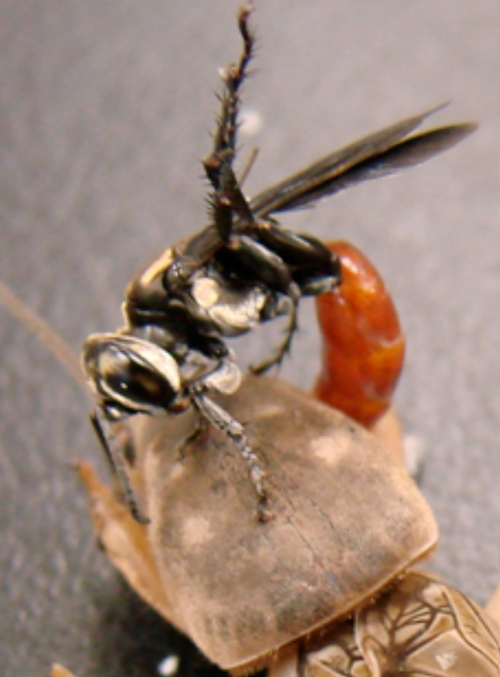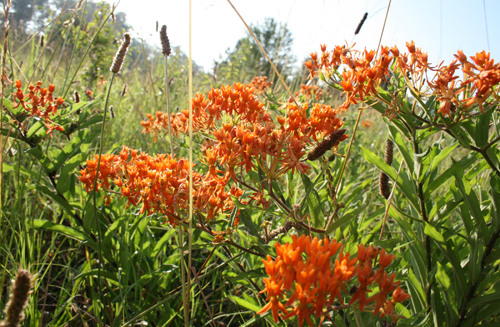 CAES News
CAES News
Virtual farming software helps growers
Farmville and Farmtown computer programs lets people pretend to be farmers. A program developed by university scientists lets researchers grow virtual crops, too, but in a real effort to advise farmers on how to save money and resources.

